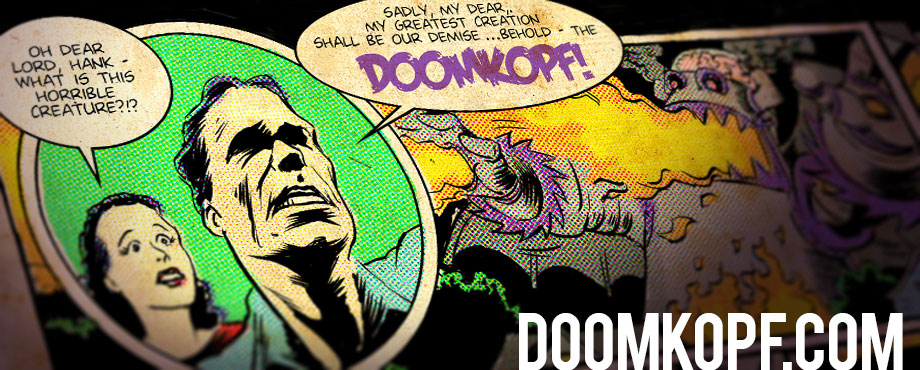A pleasant surprise
 I only picked up the first issue of Ghost Rider a few months back because Mark Texeira was doing the art again. I’d seen that there was a relaunch of Ghost Rider in the past few years – maybe even more than one – but the art always seemed goofy and inappropriate. As someone who started reading Ghost Rider soon after the early 90s relaunch, it’s not Ghost Rider if it’s not drawn by Texeira.
I only picked up the first issue of Ghost Rider a few months back because Mark Texeira was doing the art again. I’d seen that there was a relaunch of Ghost Rider in the past few years – maybe even more than one – but the art always seemed goofy and inappropriate. As someone who started reading Ghost Rider soon after the early 90s relaunch, it’s not Ghost Rider if it’s not drawn by Texeira.
To me it’s kind of like Hellboy and Mike Mignola or The Goon and Eric Powell; there are just some characters that don’t work when envisioned through someone else’s lines. I realize that Ghost Rider isn’t Texeira’s creation, and that his art has been in many books that weren’t Ghost Rider, but when he took over the art duties on the title back on issue 6 or so, it just transformed the book completely. So although the dark and brooding flame-headed biker is tainted with the stink of the “dark” comics of the 90s, the fact that he’d be rendered by Texeira was enough to make me take a chance on issue #1.
With this new series, Ghost Rider is once again Johnny Blaze – not the Dan Ketch Spirit of Vengeance, though Texeira (and breakdown artist Javier Saltares, also from that early run on the 90s GR) draws him in that 90s costume. I honestly don’t know what happened to Dan Ketch, that Spirit of Vengeance, or Johnny Blaze back in the 90s. The great part about this new series is that you don’t need to.
What writer Daniel Way has done is utilize that old reliable trick of making the protagonist as clueless as the reader, so we don’t need to know how everything ended up this way, because Johnny Blaze doesn’t either and he’s going to find out for us. What we do know so far is that 1. He’s in Hell, 2. He wants out, and 3. Lucifer is going to trick Ghost Rider into letting him out too.
The series is moving kind of slowly, as #4 is mainly dialogue-based exposition that answers the question of Lucifer’s plan and sets the stage for the series, but it’s a fantastic setup that opens up plenty of potential paths for the story to take.
The first four issues are basically a prologue for the series, with issue #5 being billed as an “Epilogue” to this introduction – which would probably work well as a jumping-on point for new readers.

I’ll give issue five a try. I flipped through an earlier one and thought it was pretty good – and much, much better than that recent mini – but not quite enough to pull me in.
But I never read Ghost Rider regularly, so that might be holding me back.
I’ve never, ever liked Ghost Rider at all. He’s one of those characters that I’d never touch with a twelve-foot pole.
Ghost Rider, Deathlok, Blade, Iron Man, Punisher, Hulk…even though I’ve tried Hulk and Iron Man and I’m trying the new Punisher, I’ve just never liked these characters in any context other than a supporting riole in someone else’s comic.
on that note, Ghost Rider’s supporting role in the New Fantastic Four was hilarious.